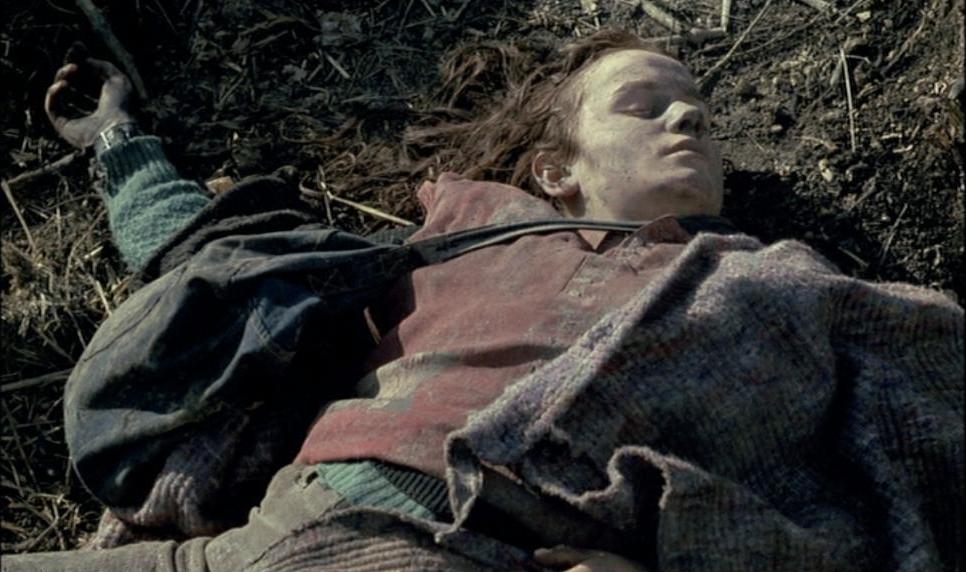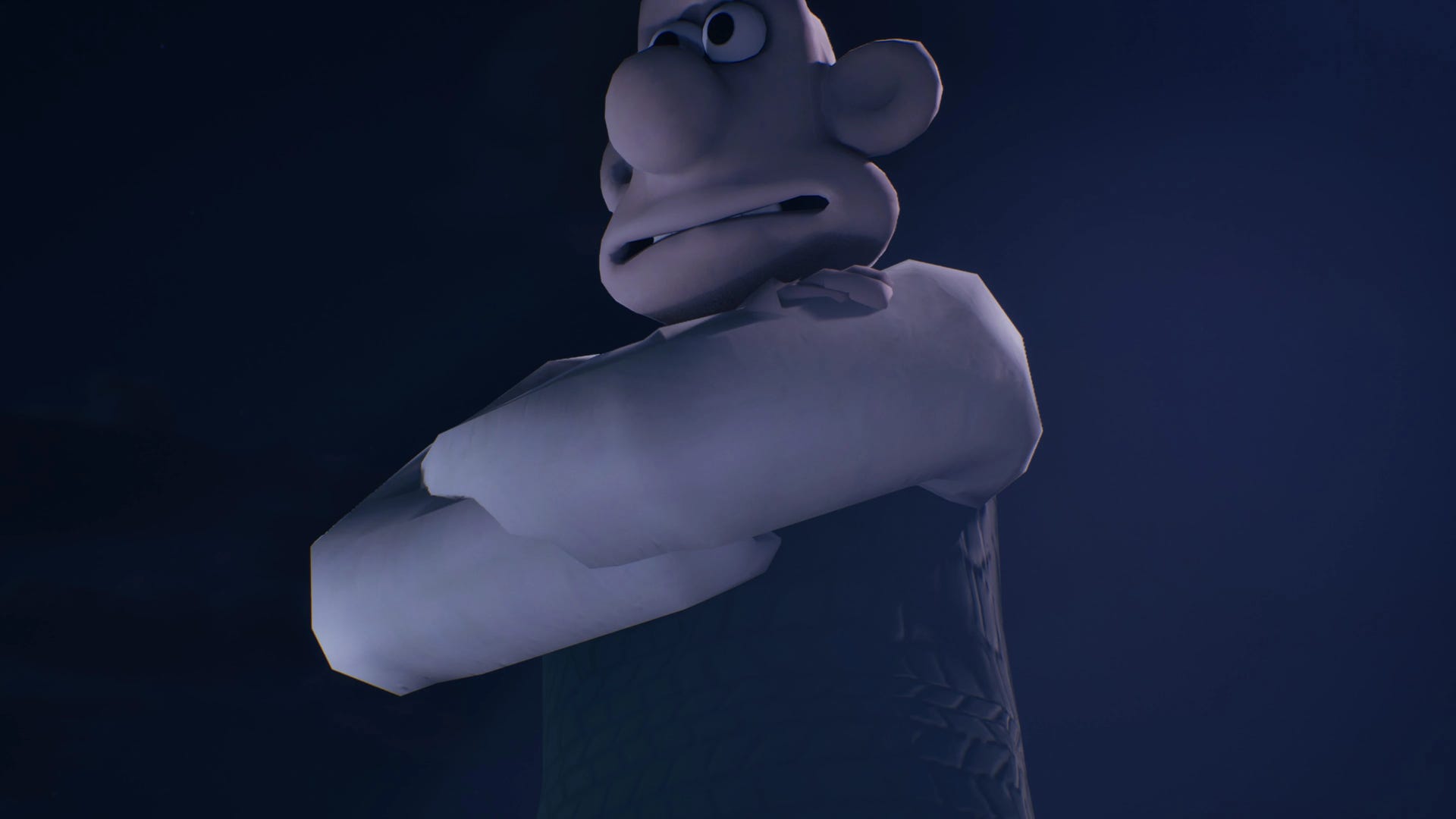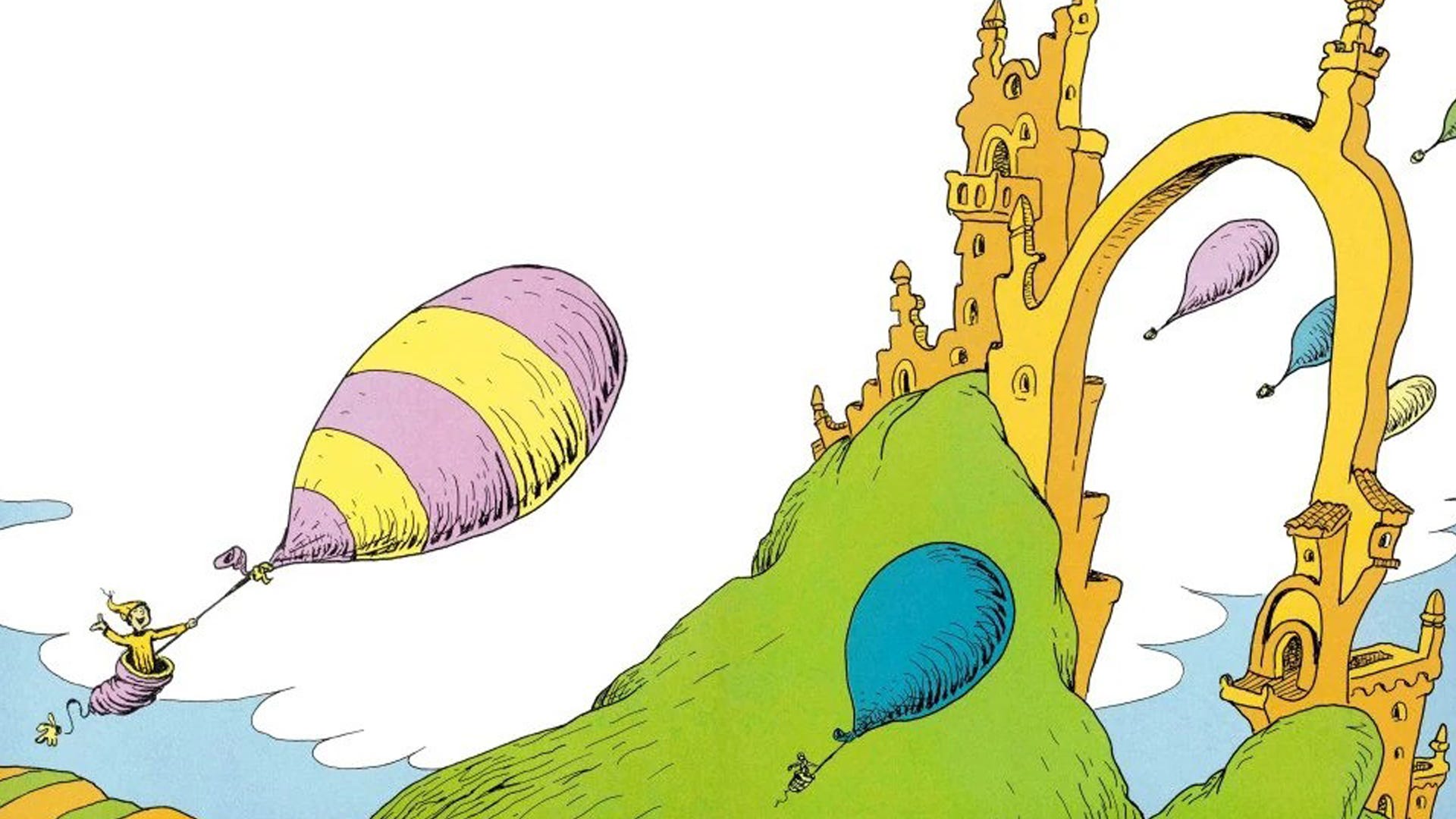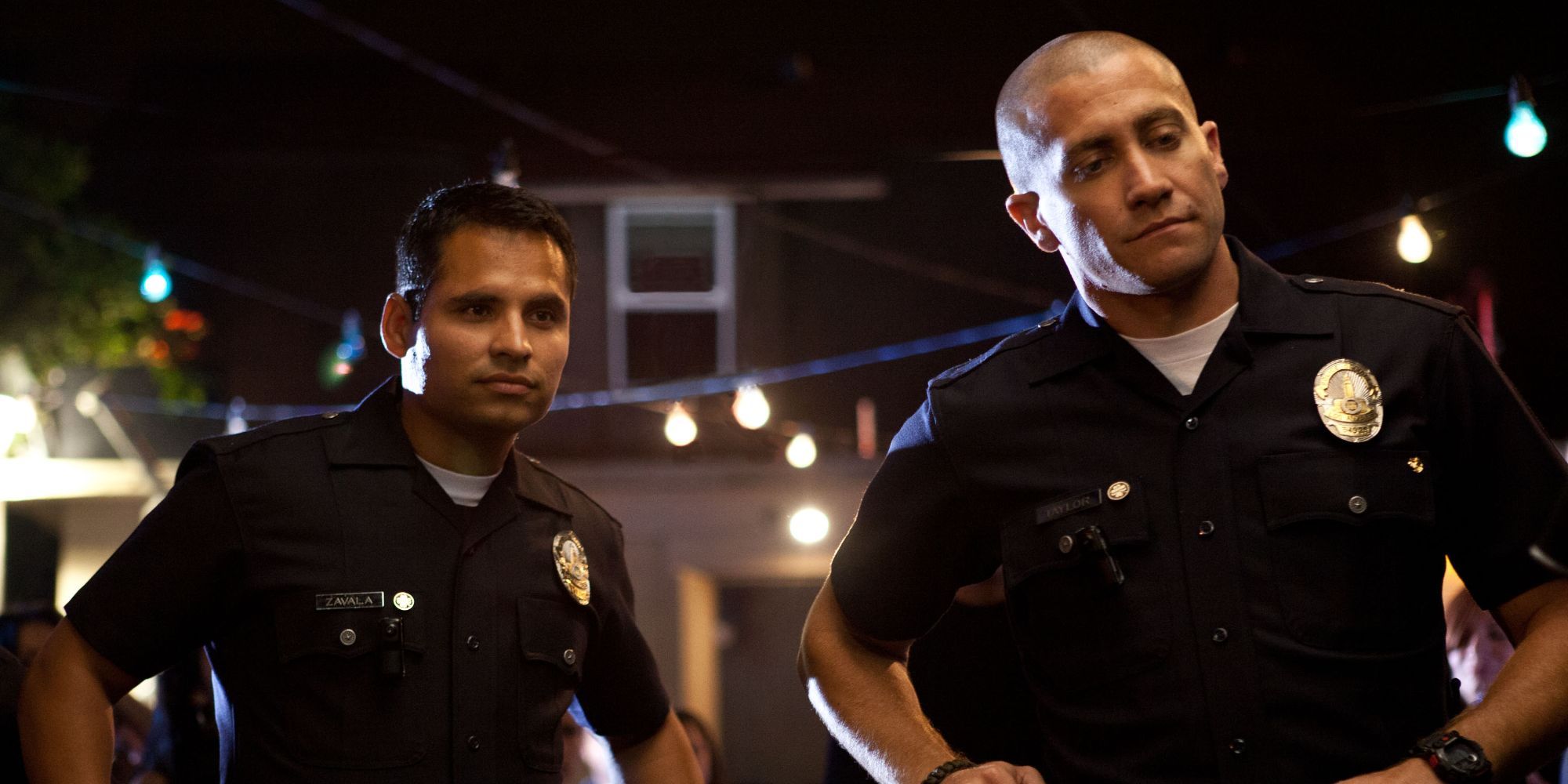Self-Indexing and Shifting Spectators in Varda’s VAGABOND
Adapted from a lecture given at the Filmmuseum Pottsdam, July 6, 2016. It’s unfortunate that Agnès Varda only began to assume the status of a major filmmaker after her husband died and she became known as the custodian of Jacques Demy’s precious legacy. Prior to that, she was mainly known, affectionately but somewhat condescendingly, as a sort of mascot of the French New Wave whose public profile remained almost as superficial as that of her eponymous heroine in Cleo from 5 to 7 (1962). And the troubling, ironic sting at the end of La Bonheur (1965) tended to be either misunderstood or ignored. Thanks to the diversity of her films, stylistic and otherwise, she was easy to overlook due to her reluctance to brand herself, unlike her male colleagues. One fascinating trait that Varda shared with her late husband, however, was the compulsion to become a tireless indexer and cross-referencer of her own work. But instead of bringing back her fictional characters in subsequent films, as Demy did, she more often brought back her locations and her interview subjects. And she went far beyond Demy in becoming her own explicator and analyst, in effect telling her audience what to look for and even how to find it. Read more

Adapted from a lecture given at the Filmmuseum Pottsdam, July 6, 2016.

It’s unfortunate that Agnès Varda only began to assume the status of a major filmmaker after her husband died and she became known as the custodian of Jacques Demy’s precious legacy. Prior to that, she was mainly known, affectionately but somewhat condescendingly, as a sort of mascot of the French New Wave whose public profile remained almost as superficial as that of her eponymous heroine in Cleo from 5 to 7 (1962). And the troubling, ironic sting at the end of La Bonheur (1965) tended to be either misunderstood or ignored. Thanks to the diversity of her films, stylistic and otherwise, she was easy to overlook due to her reluctance to brand herself, unlike her male colleagues.
One fascinating trait that Varda shared with her late husband, however, was the compulsion to become a tireless indexer and cross-referencer of her own work. But instead of bringing back her fictional characters in subsequent films, as Demy did, she more often brought back her locations and her interview subjects. And she went far beyond Demy in becoming her own explicator and analyst, in effect telling her audience what to look for and even how to find it. Read more























.png)





















![‘Companion’ Ending Breakdown: Director Drew Hancock Tells All About the Film’s Showdown and Potential Sequel: ‘That’s the Future I Want for [Spoiler]’](https://variety.com/wp-content/uploads/2025/02/MCDCOMP_WB028.jpg?#)
























